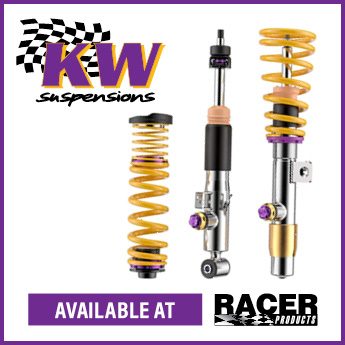A winding circuit, the Hungaroring is characterised by the high aerodynamic load and most of it is quite driven, but with a rather demanding braking section right after the main straight stretch. This track can be numbered among the most demanding for braking systems, even if friction material temperature management on this track is in any case the key to managing the race and ensuring consistent performance and wear kept under control.
Of the eleven braking sections at the Hungarian GP, three are classified as very demanding on the brakes, one is of medium difficulty and the remaining seven are light.
The most fearsome is the first turn after the start-finish line, where the single-seaters approach at 346 km/h (215 mph) and slow to 109 km/h (68 mph) in just 137 meters (449 feet). The drivers apply a load of 182 kg (401 lb) on the brake pedal for 2.58 seconds and undergo a deceleration of 5.5 g.
According to Brembo technicians, the Hungaroring is one of those tracks with a medium level of difficulty for brakes. On a scale of 1 to 5, it earned a 3 on the difficulty index, matching the score of other tracks such as Spielberg and Barcelona.
The track record is held by Max Verstappen, with an average lap time of 211.5 km/h (131.4 mph). That is a low average compared to other tracks, demonstrating just how tortuous the track is and the need to use a high aerodynamic load.
The Brembo brake pads for Formula 1
The friction material used for Brembo Formula 1 pads is CER. This material guarantees optimum warm-up times (in other words, it reaches the most efficient operating temperature as quickly as possible), a wide range of use both in terms of pressure and temperature, and a very linear friction response.
The friction coefficient between disc and pads is 0.7-0.9 compared to 0.4 reached by a sports car with pads in organic material. A pad weighs about 200 grams (7 ounces), a quarter of the weight of a pad for road use. It lasts 800 km (500 miles), with repeatable performance from start to end.
















